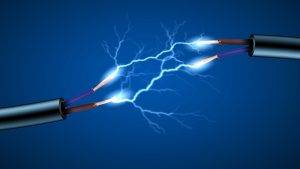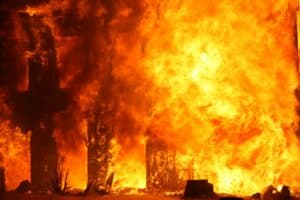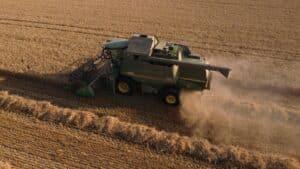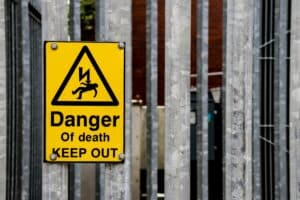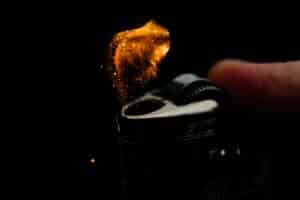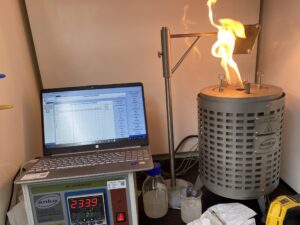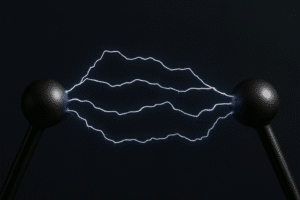We also offer
What Is a Dust Explosion Severity Test?
The dust explosion severity test is a core part of combustible dust testing, determining how violently a dust cloud can explode under controlled conditions. The test measures three key dust explosibility parameters:
-
Pmax – Maximum pressure generated during an explosion
-
(dP/dt)max – Maximum rate of pressure rise
-
Kst – Dust deflagration index, calculated from (dP/dt)max
Kst reflects the rate at which pressure increases during a dust explosion, while Pmax indicates the peak pressure achieved. These values are essential for classifying a dust’s explosion severity.
Testing Principle and Methodology
Technicians perform the test using a 20-liter explosion chamber (20L Sphere). Here’s how it works:
-
The lab disperses the dust sample in the chamber and pressurizes it with air.
-
A 10 kJ chemical ignitor at the center of the sphere attempts to ignite the material.
-
Once ignition occurs, pressure transducers record the deflagration rate and the maximum pressure from the expanding fireball.
To ensure consistency, technicians test multiple dust concentrations until they identify the maximum values of both Pmax and (dP/dt)max. They repeat this process in three test series and average the results.
The dust sample must meet ASTM size and moisture standards:
-
At least 95% of the sample should be smaller than 75 microns
-
Moisture content should be less than 5%
In some cases, if there’s no risk of segregation during operation, the lab may test the sample as received. If you’re unsure how to prepare your sample, contact Prime Process Safety Center for guidance.
Applicable Standards
Prime Process Safety Center performs explosion severity testing in accordance with:
-
ASTM E1226 – Standard Test Method for Explosibility of Dust Clouds
-
BS EN 14034 Parts 1 & 2 – European standards for determining Pmax and (dP/dt)max
These standards ensure consistency, accuracy, and compliance for dust explosibility testing.
Data Interpretation
Based on Kst values, the material is classified into one of three dust explosion classes:
-
St-1: Kst between 1–200 bar·m/s → Weak explosion
-
St-2: Kst between 200–300 bar·m/s → Strong explosion
-
St-3: Kst ≥ 300 bar·m/s → Very strong explosion
Understanding these parameters is essential for designing effective protective systems, such as:
-
Deflagration venting systems (NFPA 68, VDI 3673, ISO 6184)
-
Explosion suppression and containment solutions
This test provides vital information for process safety, risk mitigation, and regulatory compliance in any facility handling combustible dust.
When to Perform the Dust Explosion Severity Test
If a material is classified as explosible (Go) during initial screening, it must undergo the severity test to measure its explosion potential.
You should also perform this test:
-
During material changes
-
After process modifications
-
When required by safety regulations
Regular testing helps prevent dust-related incidents and ensures a safe workplace in industries where combustible dust is present.
Why Choose Prime Process Safety Center
At Prime Process Safety Center, we bring precision and expertise to every test:
-
Experienced personnel with deep knowledge in dust explosion severity testing
-
State-of-the-art equipment for accurate, sensitive pressure and rate measurements
-
Strict protocols and quality controls for consistent, defensible data
-
Detailed interpretation and guidance based on your specific materials and processes
As an ISO/IEC 17025:2017 accredited laboratory, our goal is to deliver dependable data that helps you protect your facility, comply with regulations, and make informed safety decisions.
FAQ
What is a Dust Cloud Explosion Severity Test?
Answer: The Dust Cloud Explosion Severity Test is a standardized procedure used to assess the severity and explosibility of combustible dust clouds. It involves creating a dust cloud in a controlled environment and measuring parameters like maximum explosion pressure (Pmax) and deflagration index (Kst) to evaluate the potential severity of a dust explosion.
Why is the Dust Cloud Explosion Severity Test important?
Answer: This test is important as it helps in assessing the severity and risks associated with potential dust explosions in industries dealing with combustible dust. It provides crucial data for risk assessment, safety measures, and regulatory compliance to prevent catastrophic incidents.
How is the Dust Cloud Explosion Severity Test conducted?
Answer: The test involves dispersing a dust sample into a test chamber to create a dust cloud. An ignition source is introduced to initiate an explosion. Pressure transducers installed within the chamber measure parameters such as maximum explosion pressure (Pmax), rate of pressure rise (dp/dt), and deflagration index (Kst).
What parameters does the test measure, and what do they indicate?
Answer: The test measures parameters like maximum explosion pressure (Pmax) and deflagration index (Kst). Pmax indicates the highest pressure reached during the explosion, while Kst represents the rate of pressure rise in a single explosion event.
How are the results of the Dust Cloud Explosion Severity Test used in industry?
Answer: Results from the test assist industries in evaluating the explosibility and severity of potential dust explosions. This information guides the development of safety protocols, risk assessment strategies, equipment design, and regulatory compliance measures to prevent dust-related incidents.






